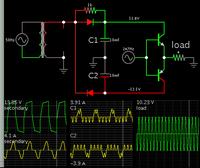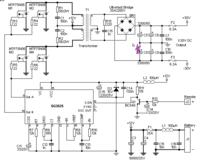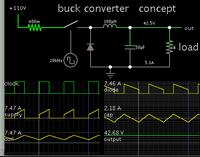Enzy
Advanced Member level 1
Most amplifiers I see use a dual polarity power supply to power it. The ones I have seen that just use positive and gnd are normally low wattage circuit for like headphones ect.
A car uses +12 rem(+12) and gnd to power the radio, what kind of circuit could be used to convert that to a dual polarity supply.
Or is it that car amplifiers are designed differently?
A car uses +12 rem(+12) and gnd to power the radio, what kind of circuit could be used to convert that to a dual polarity supply.
Or is it that car amplifiers are designed differently?





